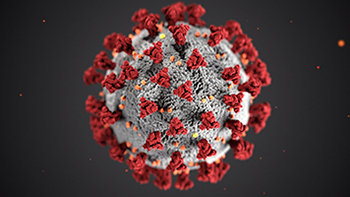Lessons learned from COVID-19 pandemic in Italy – A commentary
DOI:
https://doi.org/10.17305/bjbms.2020.4847Keywords:
COVID-19, SARS-CoV-2, early diagnosis, prevention, pandemicAbstract
Since the COVID-19 outbreak, Italy has been one of the most affected countries in Europe and the second for number of deaths. In this commentary, we discuss some lessons that we learned as health-care providers working in a large public hospital during the pandemic, with a special focus on the importance of infection containment and early diagnosis, the role of swab, serological tests, home isolation and individual protection devices, and the available therapies and management indications to better face a possible new outbreak in the near future. These comments should stimulate a more diffused, efficient, and efficacious management of COVID-19 patients, also reducing the number of admissions to hospital emergency departments and the related spread of the infection.Citations
Downloads
Download data is not yet available.

Downloads
Additional Files
Published
01-02-2021
Issue
Section
Comment
Categories
How to Cite
1.
Lessons learned from COVID-19 pandemic in Italy – A commentary. Biomol Biomed [Internet]. 2021 Feb. 1 [cited 2025 Oct. 20];21(1):117-9. Available from: https://www.bjbms.org/ojs/index.php/bjbms/article/view/4847









